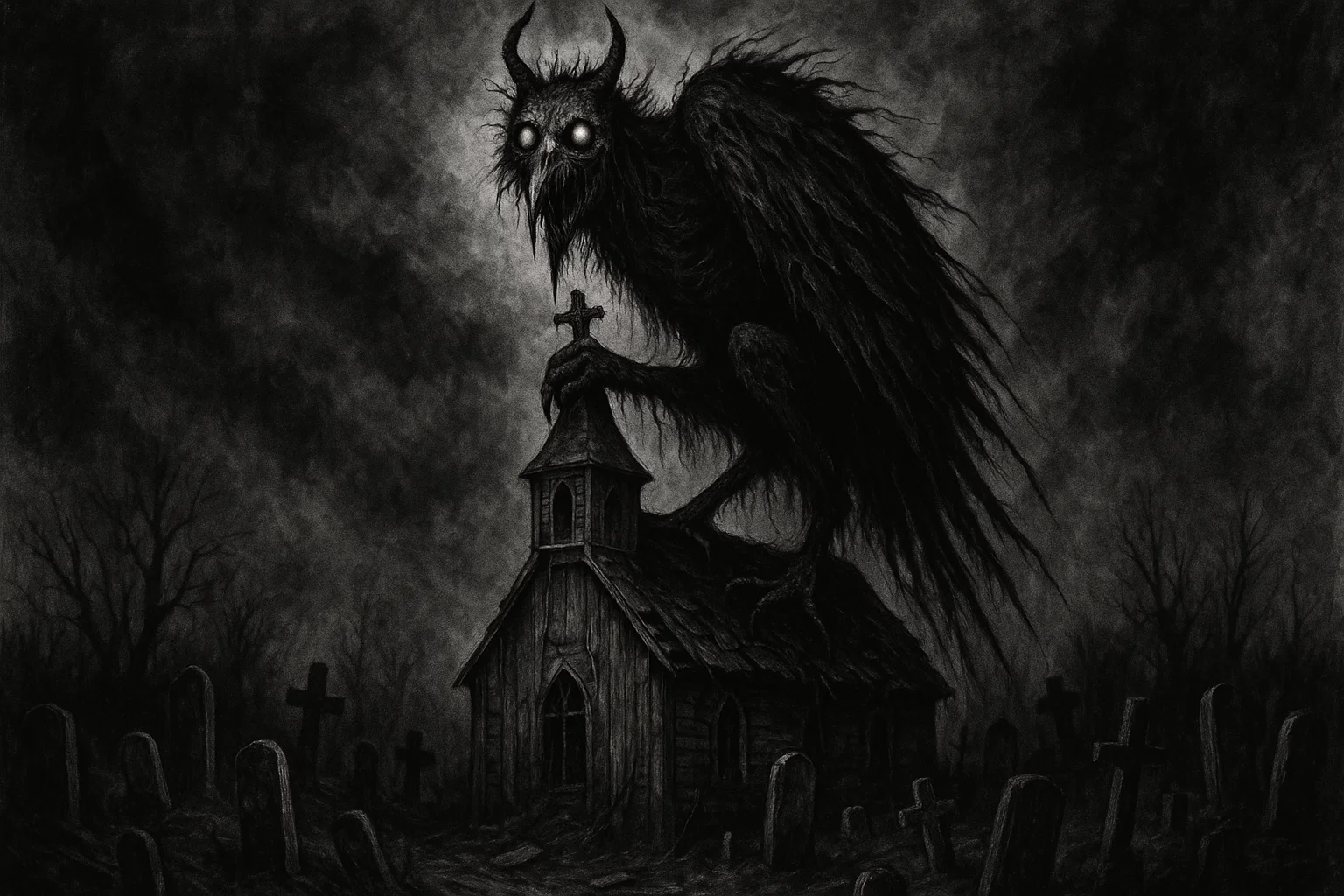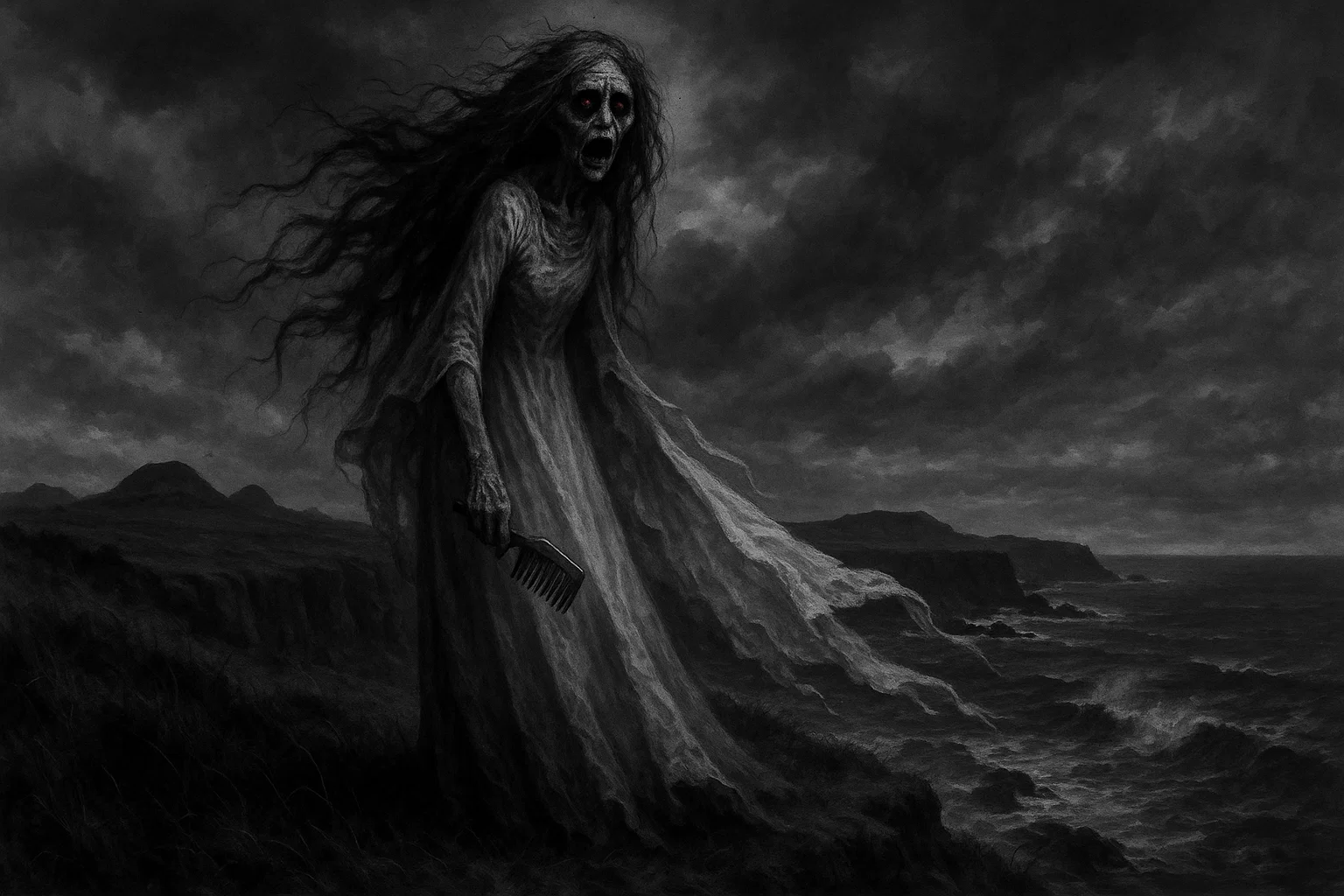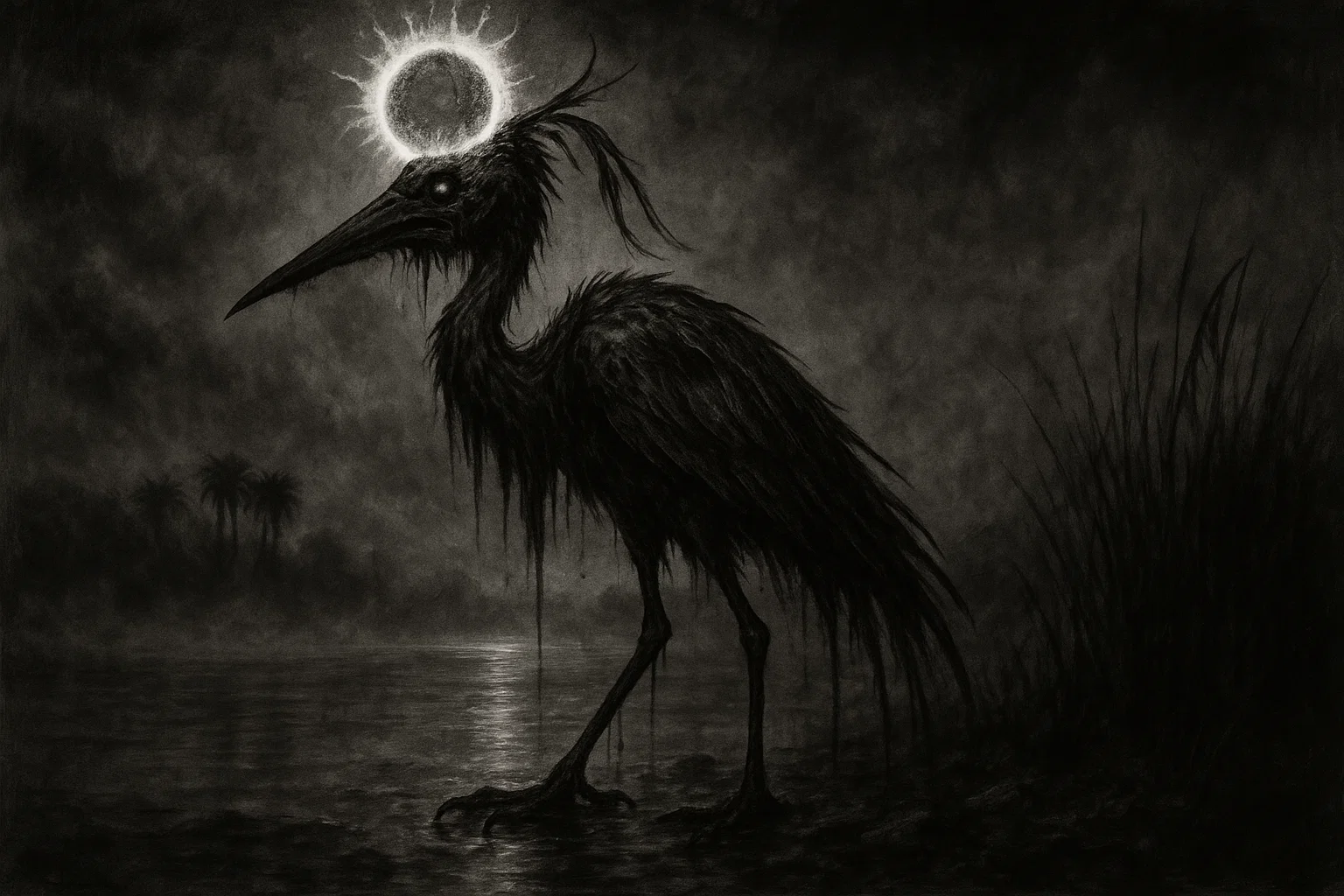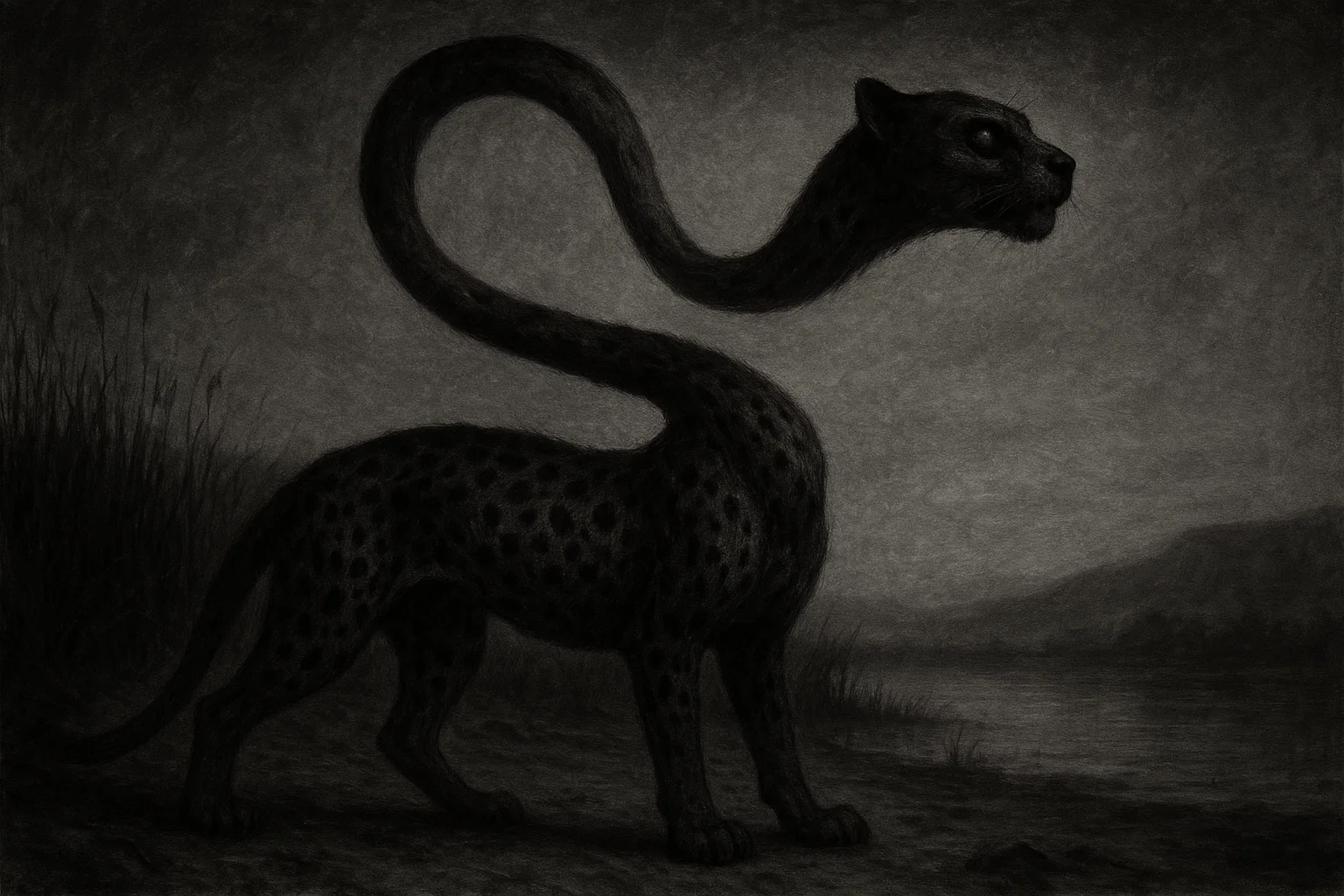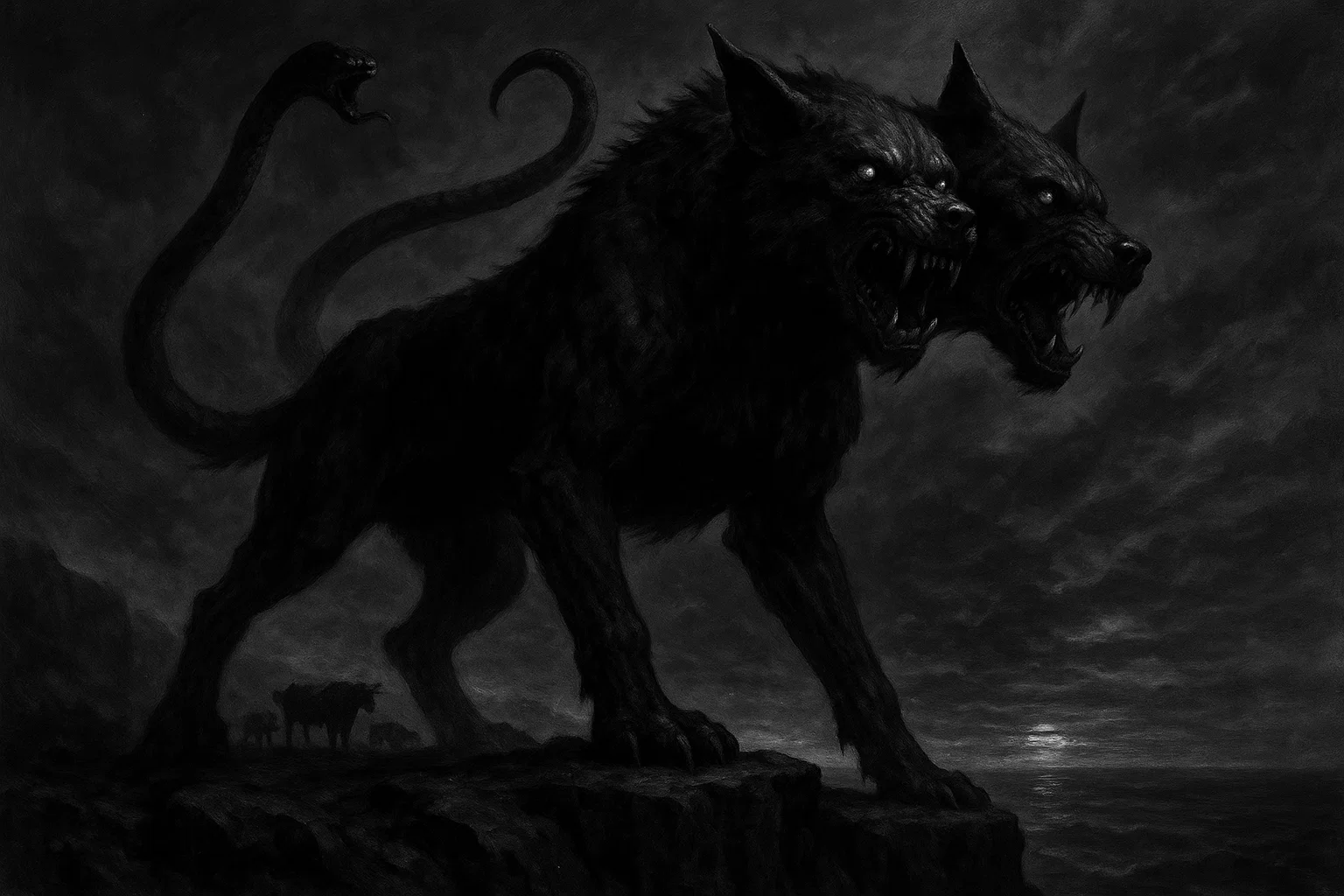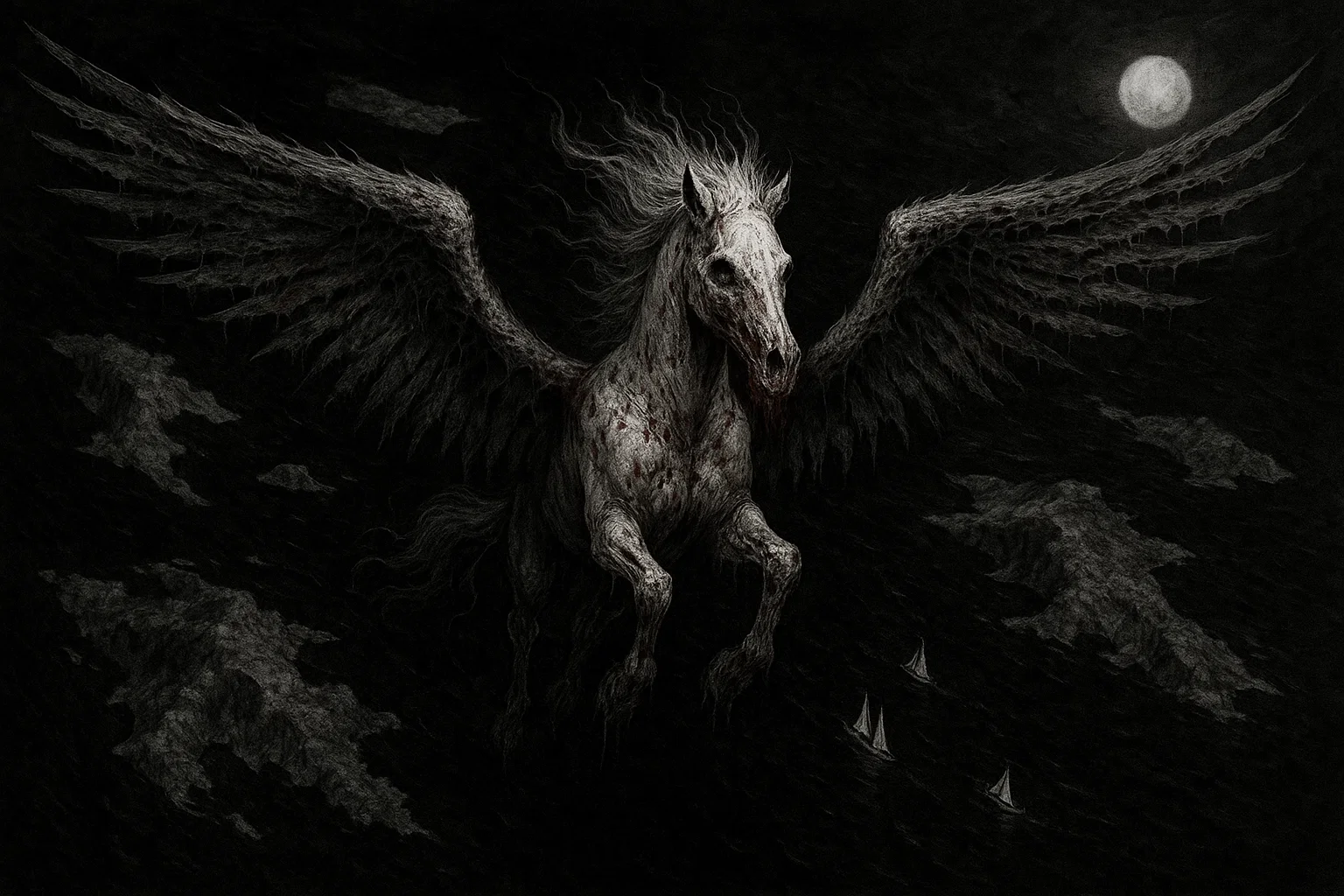Stolas, a malevolent Great Prince of Hell, commands twenty-six legions of infernal spirits. He lures mortals with forbidden knowledge of astronomy, herbal lore, and precious stones.
Known in grimoires like the Ars Goetia and Pseudomonarchia Daemonum, Stolas appears as a raven, a crowned owl with long legs, or a man. His teachings tempt summoners into dangerous pacts.
Summary
Key Information
This table summarizes key details about Stolas, the demonic prince:
| Category | Details |
|---|---|
| Name | Stolas, Stolos, Stoppas, Solas |
| Title | Great Prince of Hell, Night Raven, Owl Demon |
| Gender | Male (demons may shift forms) |
| Role | Teacher of astronomy, herbal lore, and precious stones; commander of legions |
| Hierarchy | Great Prince, 36th of 72 spirits in Ars Goetia |
| Servitors | 26 legions of demons (approximately 130,000 spirits) |
| Superior Demon | Likely reports to Lucifer or Beelzebub (unspecified in texts) |
| Powers | Teaches astronomy, astrology, herbal properties, and gemstone lore; manipulates celestial energies; commands legions |
| Appearance | Raven, crowned owl with long legs, or human male |
| Etymology | Possibly from Greek “stolás” (owl) or Latin “stola” (robe); origins unclear |
| Associated Figures | Lucifer (aided in War in Heaven), other Goetic demons |
| Weaknesses | Bound by magical circles, holy names, or exorcisms |
| Opposing Angel/Saint | Not specified; possibly Michael or Raphael |
| Equipment/Tools | Herbs, precious stones, astrological charts |
| Pantheon | Christian demonology (Goetic tradition) |
Etymology
The name Stolas lacks a definitive origin, but its roots may lie in ancient languages. One theory connects it to the Greek word stolás, meaning “owl,” aligning with Stolas’s owl-like appearance.
Owls symbolize wisdom but also darkness, fitting a demon who offers forbidden knowledge. Another possibility is the Latin stola, a robe worn by Roman women, perhaps linked to Stolas’s regal status as a prince, though this is less likely.
Some scholars suggest a connection to stella (Latin for “star”), reflecting his astronomical expertise. In occult traditions, demon names often derive from corrupted divine titles or ancient deities, but no clear link to a specific deity exists for Stolas.
His aliases—Stolos, Stoppas, and Solas—may reflect regional or scribal variations, emphasizing his elusive nature. The ambiguity of his name enhances his mystique, suggesting a deliberate veil over his true origins, a common trait in demonology to obscure their fallen angelic past.
You May Also Like: New Mokele-Mbembe Sightings, Theories & Evidence
What Does the Demon Stolas Look Like?
Stolas shifts forms to deceive and intimidate. In the Ars Goetia, he first appears as a raven, a bird tied to death and omens. He may then transform into a human male, exuding authority.
The Dictionnaire Infernal describes him as a crowned owl with long, stilt-like legs, emphasizing his eerie, regal presence. The owl form, with piercing eyes and a golden crown, reflects his wisdom and infernal royalty.
His ability to change shapes underscores his deceptive nature, luring summoners with a familiar human guise or terrifying them with avian features.
Historical and Mythological Background
Stolas emerges from the Christian demonological tradition, specifically within the Goetic framework of the Lesser Key of Solomon. His origins are murky, likely as a fallen angel who sided with Lucifer during the War in Heaven.
Some myths suggest Stolas guided rebellious angels using his mastery of the stars, aiding their navigation in the celestial battle. Unlike demons with clear ties to ancient deities, Stolas lacks direct parallels in pre-Christian pantheons.
However, his owl imagery invites comparisons to figures like Athena’s owl in Greek mythology, symbolizing wisdom, or Lilith, a night demon associated with owls in Mesopotamian lore.
These connections are speculative, as Stolas’s primary role is rooted in medieval occultism.
The War in Heaven
In apocryphal tales, Stolas was a lesser angel before the fall. During the War in Heaven, he reportedly used his astronomical knowledge to guide Lucifer’s forces, plotting celestial paths to evade divine armies.
This role cemented his status as a prince in hell, though specific stories are sparse. His knowledge became a tool for corruption, tempting mortals with secrets of the cosmos.
The Temptation of Alchemists
In Renaissance-era legends, Stolas targeted alchemists and scholars. He offered insights into herbs and gems, promising to unlock alchemical secrets.
One tale describes a 16th-century alchemist who summoned Stolas to learn the properties of emerald and mandrake. The demon’s teachings led to a potent elixir but drove the alchemist to madness, a cautionary tale of demonic pacts. Such stories emphasize Stolas’s role in exploiting human ambition.
Encounters with Sorcerers
Medieval grimoires recount summoners invoking Stolas for astrological knowledge. In one legend, a sorcerer in 17th-century France used Stolas’s teachings to predict a comet’s arrival, gaining favor with nobility.
However, the sorcerer’s success came at a cost—his soul was claimed by Stolas, illustrating the demon’s deceptive bargains. These tales, though rare, highlight Stolas’s ability to manipulate through knowledge.
Possible Ancient Connections
While Stolas is primarily a Christian demon, some occultists link him to ancient Near Eastern deities. His owl imagery resembles Ishtar’s bird symbols in Babylonian mythology, where owls signified death and the underworld.
Similarly, his astronomical focus echoes Thoth, the Egyptian god of wisdom and the stars. These connections are tenuous, as Stolas’s documented history begins in the 16th century, suggesting he is a construct of Christian demonology rather than a direct descendant of pagan gods.
You May Also Like: The Samurai’s Curse: A Horror Story of Vengeance
Historical Mentions
| Text/Grimoire | Description | Excerpt |
|---|---|---|
| Pseudomonarchia Daemonum | Great prince, appears as a nightraven, then a man; teaches astronomy, herbs, precious stones; commands 26 legions | “Stolas is a great prince, appearing in the forme of a nightraven, before the exorcist, he taketh the image and shape of a man, and teacheth astronomie, absolutelie understanding the vertues of herbes and pretious stones; there are under him twentie six legions.” |
| The Lesser Key of Solomon | 36th spirit, Great Prince; appears as a raven, then a man; teaches astronomy, herbs, precious stones; governs 26 legions | “The Thirty-sixth Spirit is Stolas, or Stolos. He is a Great and Powerful Prince, appearing in the Shape of a Mighty Raven at first before the Exorcist; but after he taketh the image of a Man. He teacheth the Art of Astronomy, and the Virtues of Herbs and Precious Stones. He governeth 26 Legions of Spirits; and his Seal is this, which is […]” |
| Dictionnaire Infernal | Grand prince of hell, appears as an owl; teaches astronomy, plant properties, and gemstone value; commands 26 legions | “Stolas, grand prince des enfers, qui apparaît sous la forme d’un hibou ; lorsqu’il prend celle d’un homme et qu’il se montre devant l’exorciste, il enseigne l’astronomie, ainsi que les propriétés des plantes et la valeur des pierres précieuses. Vingt-six légions le reconnaissent pour général. |
Stolas Powers and Abilities
Stolas wields unique powers that set him apart in the infernal hierarchy. His primary ability is teaching astronomy, encompassing both the scientific study of stars and astrology, the art of divining future events through celestial patterns.
This knowledge allows summoners to predict or influence outcomes, a dangerous temptation. Stolas also imparts expertise in herbal lore, revealing the medicinal, magical, or poisonous properties of plants like belladonna, mandrake, or wolfsbane.
His mastery of precious stones includes their alchemical and magical uses, such as crafting talismans with emerald or sapphire.
In modern pop culture, notably Helluva Boss, Stolas’s powers expand to include teleportation via portals, telekinesis, and petrification through his gaze, reflecting his owl-like traits. He can manipulate cosmic energies, creating illusions or influencing events through stellar alignments.
These abilities, while fictional, draw on his traditional role as a celestial manipulator. Stolas uses his knowledge to corrupt by offering power—astronomical predictions for political gain, herbal concoctions for harm, or gemstone rituals for wealth.
His teachings often lead summoners to ruin, as the pursuit of forbidden knowledge invites infernal consequences.
You May Also Like: Ghost Taxi Passengers of Japan: Real Hauntings After the 2011 Tsunami?
Stolas Role in the Hierarchy of Hell
As a Great Prince, Stolas ranks among the upper echelons of hell’s hierarchy, as outlined in the Ars Goetia. He commands 26 legions, roughly 130,000 demonic spirits, placing him below kings like Bael (66 legions) or Paimon (200 legions) but above marquises and dukes.
His domain in hell is not explicitly mapped but likely centers on a celestial or scholarly realm, given his focus on astronomy and natural lore. He may oversee a Stellar Court, a metaphorical region where celestial energies are harnessed for infernal purposes.
While not explicitly stated, Stolas likely reports to Lucifer, the supreme ruler of hell, or Beelzebub, a high-ranking prince. His role as a fallen angel suggests he answers to these arch-demons, coordinating his legions to serve their broader agendas.
Stolas may ally with demons of similar intellectual focus, such as Vassago (divination), Foras (herbs and logic), or Buer (philosophy and herbs). These alliances strengthen his influence in hell’s scholarly circles, pooling knowledge to tempt mortals.
No specific adversaries are noted, but Stolas’s pacifistic tendencies, as some sources suggest, may create tension with warlike demons like Andras or Marchosias. His focus on knowledge over conflict could make him a target for more aggressive spirits.
Astrological Associations and Symbolism
Stolas’s astronomical focus ties him to celestial symbolism. While traditional texts do not assign specific astrological signs, modern occultists link him to Aquarius for its intellectual and visionary qualities.
His owl form connects him to Earth elements, symbolizing grounding and material knowledge, but his celestial expertise suggests Air influences, representing intellect and communication.
Precious stones like sapphire (wisdom), emerald (growth), and amethyst (intuition) align with his teachings. Metals such as silver (linked to the moon and intuition) or mercury (intellect and transformation) may also be associated.
| Category | Details |
|---|---|
| Element | Earth (herbs, stones); Air (astronomy, intellect) |
| Zodiac Sign | Aquarius (intellectual, visionary); possibly Gemini (communication) |
| Planets | Mercury (intellect, alchemy); Moon (intuition, night) |
| Metals | Silver (moon, intuition); Mercury (transformation, knowledge) |
| Precious Stones | Sapphire (wisdom), Emerald (growth), Amethyst (intuition) |
| Colors | Blue (sky, wisdom), Green (nature, herbs), Purple (mystery, royalty) |
| Numbers | 26 (legions), 36 (rank in Ars Goetia) |
| Days | Wednesday (Mercury’s day), Sunday (solar influence) |
Stolas Sigil
The sigil of Stolas is a complex geometric design used in Goetic rituals to summon him. Found in the Ars Goetia, it features intersecting lines and curves, symbolizing his celestial and earthly domains.
Summoners inscribe the sigil on parchment or metal, placing it within a magical circle to bind Stolas. The sigil acts as a conduit, channeling his presence while protecting the summoner from his infernal power.
You May Also Like: Jinmenken: Japan’s Terrifying Human-Faced Dog
Comparison with Other Demons
| Demon | Rank | Legions | Appearance | Domains |
|---|---|---|---|---|
| Vassago | Prince | 26 | Fish-tailed serpent | Divination, discovery |
| Seere | Prince | 26 | Beautiful man on winged horse | Mobility, love, theft |
| Forneus | Marquis | 29 | Great sea-monster | Eloquence, diplomacy |
| Marchosias | Marquis | 30 | Wolf with griffin wings, serpent tail; then man | Warfare, knowledge |
| Raum | Earl | 30 | Crow | Theft, destruction, divination |
| Focalor | Duke | 30 | Man with griffin wings | Sea, destruction |
| Vepar | Duke | 29 | Mermaid | Sea, disease |
| Zagan | King | 33 | Bull with griffin wings; then man | Transformation, wisdom |
| Valac | President | 30 | Boy with angel wings on dragon | Treasure, love |
| Andromalius | Earl | 36 | Man holding a serpent | Justice, recovery |
Conclusion
Stolas, the Great Prince of Hell, embodies the seductive danger of forbidden knowledge. His mastery of astronomy, herbs, and precious stones lures mortals into infernal pacts, promising power at a dire cost.
From his origins as a fallen angel to his role in medieval grimoires, Stolas’s legacy is one of intellectual temptation and subtle corruption.
His place in hell’s hierarchy, commanding 26 legions, underscores his authority, while his celestial and earthly symbolism ties him to the mysteries of the cosmos and nature.

